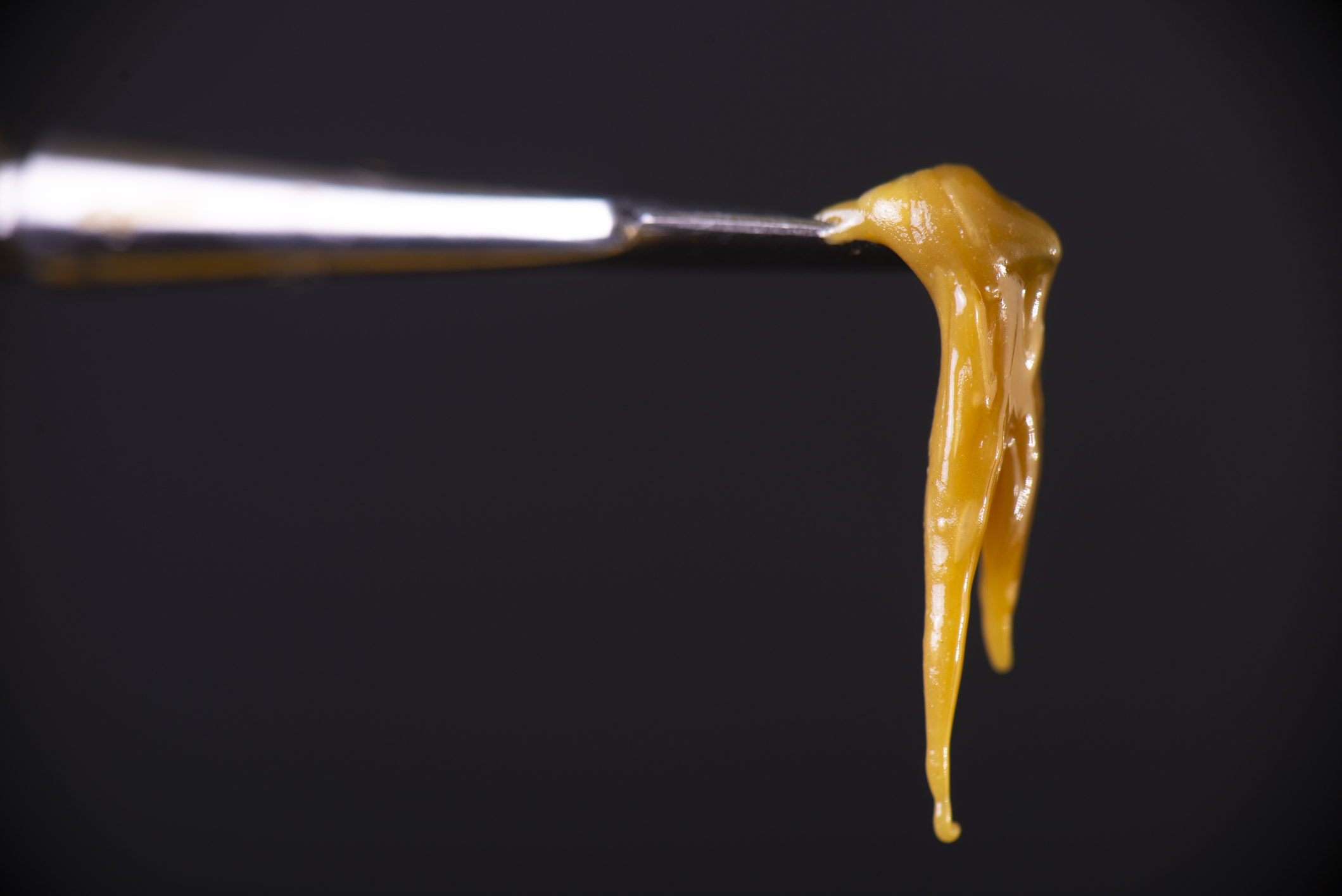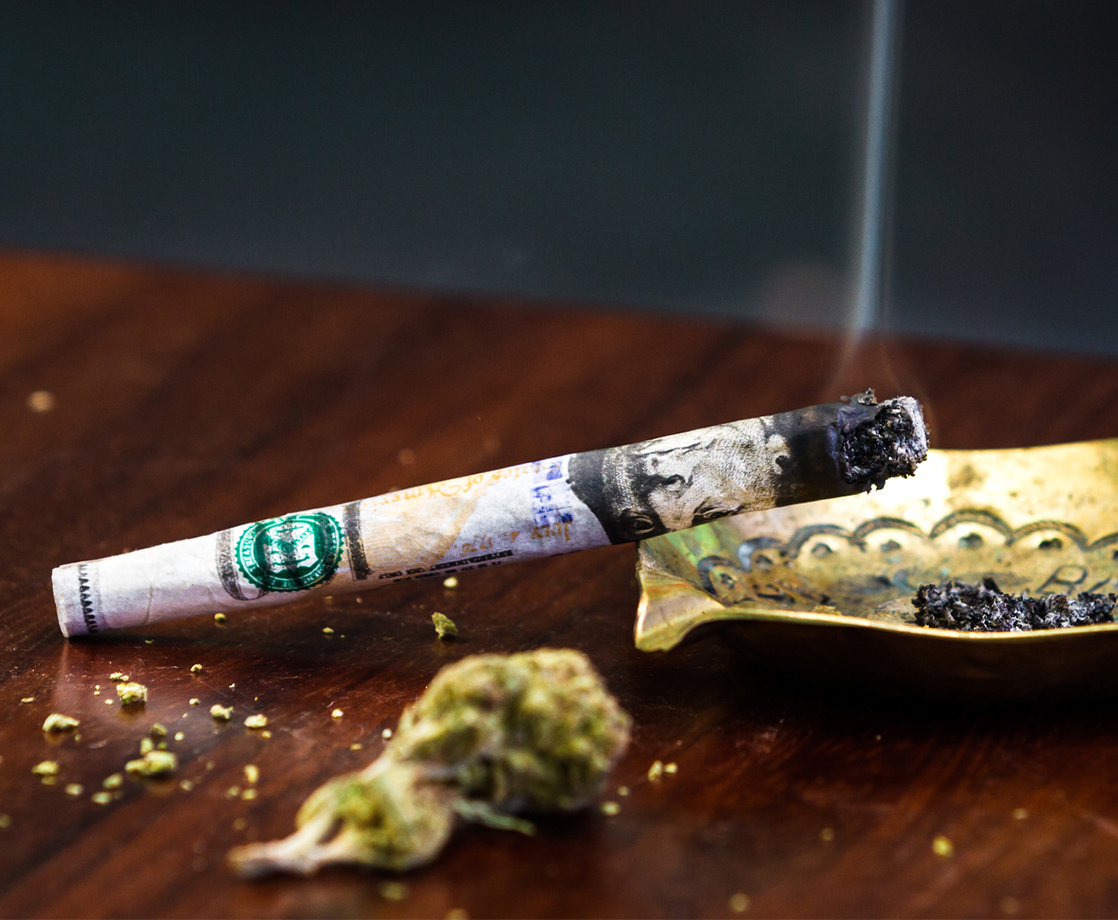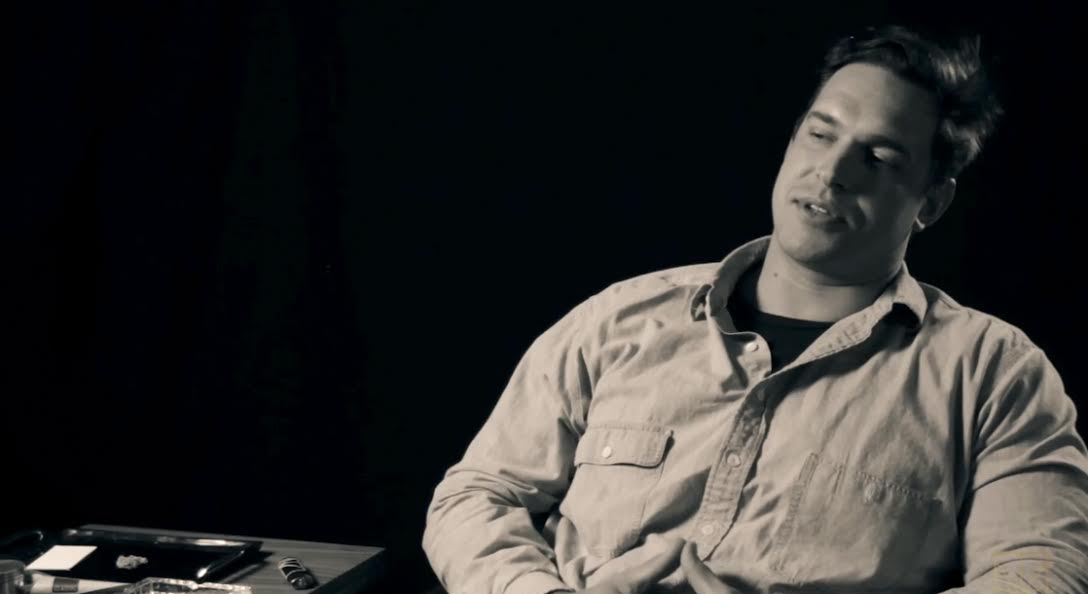In 2020, the concept of “getting high” is a bit too vague for most.
Given the ever-expanding array of choices facing consumers in legal markets, trying to make sense of a modern dispensary’s inventory can feel daunting if you don’t understand the product options in play.
Folks enter a pot shop for a multitude of reasons. Some are suffering from serious illnesses, while others are considering their first taste of cannabis in decades. In other instances, finding the most potent or fast-acting cannabis is the most important factor on a customer’s mind. Today, consumption methods, and how long they take to spark psychoactive effects, will be our focus.
As a first step towards understanding how one can get THC into their systems as quickly as possible, let’s review the most popular categories of cannabis one will likely find on dispensary menus. In addition, we’ll detail the science behind each option to understand how they interact with our bodies.

Dabbing
If your goal is to get THC into your body as quickly as possible, dabbing is the way to go. MERRY JANE’s Randy Robinson once aptly compared the process to drinking, noting that “if smoking weed is like sipping a beer, then dabbing marijuana extracts is like taking straight shots of Everclear.”
Dabbing involves taking a quantity of a cannabis concentrate (which itself can take a number of forms) and heating it to a vaporizing point. The reason dabbing is widely regarded today as the quickest way to catch a buzz is simply due to the purity of concentrates. While high-potency flower usually equates to around 20 percent THC, concentrates are regularly testing at 80 percent THC or higher.
With more than double the THC, and far less of the stuff no one is actually interested in ingesting, dabbing has skyrocketed in popularity with those who want the hardest, fastest hits. However, a new study has cast doubt on this logic by suggesting that high potency weed concentrates don’t get people higher than regular pot — even if their effects kick in more quickly.
.jpg)
Edibles
By comparison, edibles are the slowest consumption method when it comes to feeling the effects of cannabis. When you ingest weed as delectable chocolates or health-consciousness granola clusters, the trade-off is the inherent wait required.
While THC ingested through a dab is rapidly absorbed by the blood stream, edibles must first traverse the digestive system. Eventually, it reaches the liver, where it’s broken down and travels the bloodstream to reach our brains. This process explains the delay one typically experiences from ingestion to onset in the case of consuming edibles.
There are, however, some brands now offering what are being called “fast-acting” edibles. This new variant often relies on nanoemulsion — a technology that essentially coats THC in a water-soluble form that breaks down more easily. This makes the work our stomachs have to do go far faster. It’s also the secret ingredient in THC breath strips and other forms of edibles meant to dissolve in the mouth.

Joints & Blunts
There’s a reason many cannabis veterans have yet to make a switch from their tried-and-true form of consumption: joints and blunts. The science behind burning weed, inhaling the smoke, and getting stoned is essentially the same for dabbing, just on a slower timeline.
In this case, THC is absorbed into the bloodstream via mucus membranes in the lungs. In most cases, the psychological and physical effects will be felt within ten minutes of smoking. The beauty of smoking a joint (cannabis rolled in paper) or a blunt (cannabis rolled in a cigar wrap) is the control it gives consumers to decide how much they want.
Whereas dabbing is going to take you from sober to stoned in seconds, one can hit a joint, see how they feel, and then decide whether to smoke more. When one applies this logic to edibles, the unfortunate result can be overconsumption, as impatience leads to second and third doses before the original has had a chance to hit.
Bong Rips
What happens when a joint becomes an ineffective option for getting stoned but dabbing still seems a step too far? Bong rips, of course!
There are actually many reasons to consider bong rips as a preferred consumption option. For one, the current public health crisis makes the sharing of joints a big no-no. While the sharing of bongs is also a common tradition, the sanitary options available (wiping down the mouthpiece between hits, switching out bowls between users) provides an arguably safer alternative.
Also, for those stuck at home, a solo bowl off a bong is usually an economic way to get high without burning through your stash too quickly. Furthermore, while bong rips scientifically work the same as a joint/blunt/dab, another added bonus is the option for water and ice filtration. By taking the “sting” out of a hit, one can consume larger, more concentrated amounts of THC when compared with something rolled and set ablaze.
Now that we’ve detailed what you can expect from these anchor options (categories one should find on the menu of any self-respecting dispensary), let’s close things with a superlative round.
As always, consumers should bear in mind that things like “edibles” or “concentrates” represent generic product categories with tons of variability potentially baked in. Thus, for the sake of simplicity, the following distinctions assume one is consuming a “standard” dose of the below.
Quickest Onset High: Dabbing
Longest-Lasting High: Edibles
Most Controlled High: Joints/Blunts
Most Economic High: Bong Rips
Short, Intense High: Dabbing
Long (Eventually) Intense High: Edibles
Least Intense High: Joints/Blunts
Best Way to Get a Crowd High Fast: Bong Rips
Follow Zack Ruskin on Twitter











